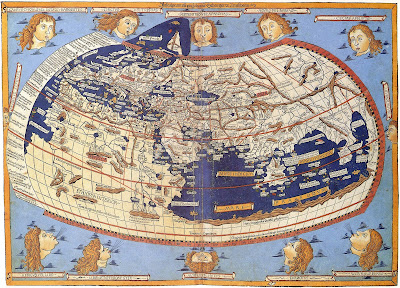Parallel universes: Revolutionary model could answer fundamental questions
Parallel universes, often an element of science fiction stories, could also exist in reality.
The idea of parallel universes, which was made particularly popular by the Marvel Cinematic Universe, has occupied philosophers since ancient times. Renowned scientists such as Albert Einstein and Stephen Hawking have made significant contributions to the multiverse theory, in futurezone. Recently, a relatively new model was presented that seems to enable a deeper understanding of parallel universes.
Model for parallel universe presented
Victor Galitski is a member of the Joint Quantum Institute (JQI). Together with doctoral student Alireza Parhizkar, he explored the idea that our world could be just one part of two interacting realities. But the two researchers by no means relied solely on their imagination.
As part of a study published in the journal Physical Review Research, the duo presented a mathematical model that could provide a new perspective on the foundations of our reality. If their idea proves to be measurably true, the result could answer some fundamental questions in astronomy.
For example:
Why is our universe expanding?
How does this relate to the smallest lengths allowed by quantum mechanics?
"Exciting and ambitious idea"
"The two scientists came across this new perspective while researching graphene sheets - individual atomic layers of carbon in a repeating hexagonal pattern," said a statement from the JQI. These stacks reminded the team visually of tiny universes.
Their suspicion was also confirmed by the electrical properties. In graphene stacks, new electrical behaviors arise from the interaction between the individual layers. Unique physics from interacting layers could also arise in a similar way elsewhere - for example between our universe and a parallel universe.
"We think this is an exciting and ambitious idea," explained Galitski. "In some ways, it's almost suspicious that it works so well, naturally 'predicting' fundamental features of our universe like inflation and the Higgs boson, as we described in a subsequent preprint."
Sources: "Strained bilayer graphene, emergent energy scales, and moiré gravity" (2022, Physical Review Research); Joint Quantum Institute; "Moiré Gravity and Cosmology" (arXiv, 2022)






Коментарі
Дописати коментар